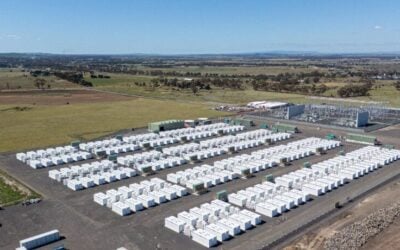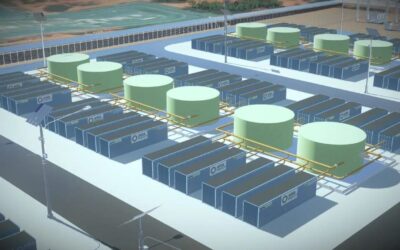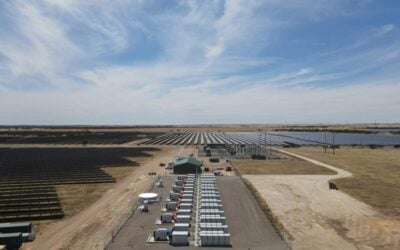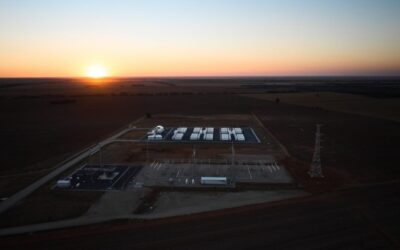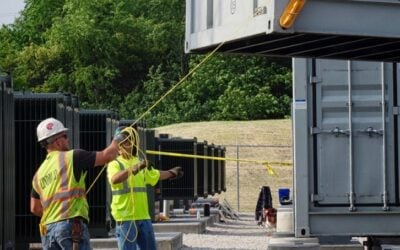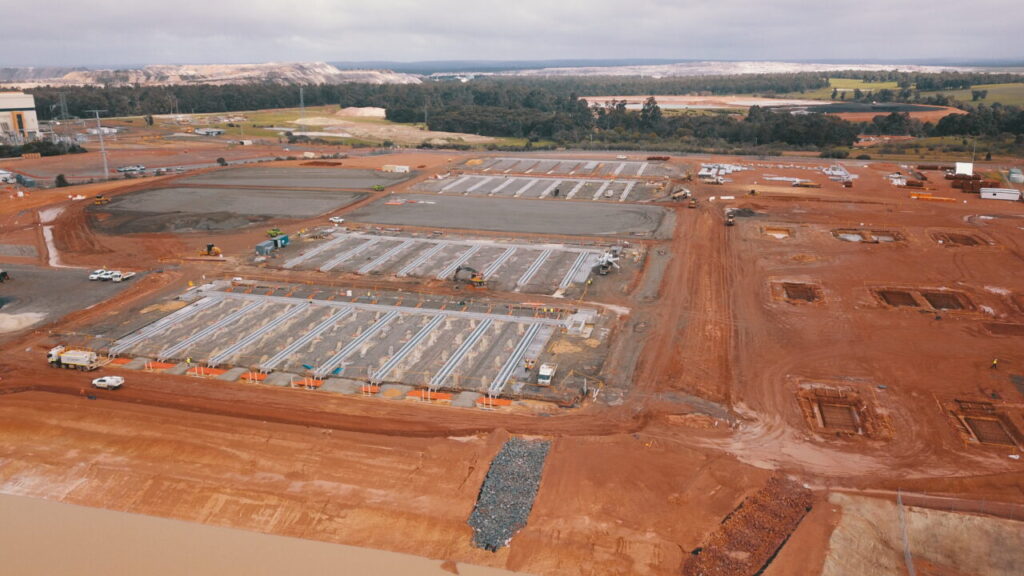
The Australian Energy Market Operator (AEMO) has issued a call for 6-hour duration battery energy storage systems (BESS) in Western Australia to support grid reliability as more coal-fired power plants are withdrawn.
According to the group’s latest Wholesale Electricity Market (WEM) Electricity Statement of Opportunities publication, AEMO has called for more longer-duration BESS in the state complemented with variable renewable energy generation capacity.
Introducing these new BESS assets could help bolster grid reliability in the South-West Interconnected System (SWIS), which is regarded as one of the most isolated large-scale power systems in the world.
AEMO noted in its publication that the SWIS has experienced increased investment over the last few years, particularly in large-scale BESS. This includes utility-scale projects such as the 2,000MWh Collie BESS and the Kwinana BESS stages one and two, which amount to 100MW/200MWh and 200MW/800MWh, respectively.
Try Premium for just $1
- Full premium access for the first month at only $1
- Converts to an annual rate after 30 days unless cancelled
- Cancel anytime during the trial period
Premium Benefits
- Expert industry analysis and interviews
- Digital access to PV Tech Power journal
- Exclusive event discounts
Or get the full Premium subscription right away
Or continue reading this article for free
This uptick in utility-scale BESS investment has helped alleviate shortfalls forecast in previous WEM estimations and reduced operational risks associated with minimum system load.
However, AEMO said new investment in energy generation facilities will be required due to growing demand and a changing generation mix.
This call for more 6-hour duration BESS has been supplemented by a change to the 2025 Reserve Capacity Cycle. This cycle is an annual process in which AEMO procures sufficient capacity from market participants to meet the expected peak electricity demand two years in advance, ensuring a reliable electricity supply.
Indeed, earlier this year, AEMO revealed changes to the mechanism used to certify BESS, leading to an increased duration from 4-hours to 6-hours.
In 2027-28, AEMO predicts that at least 110MW of new generation sources, including gas, wind and solar PV generation, will be needed to maintain a reliable supply across the grid. This is primarily due to the closure of further coal-fired power stations, with AEMO saying that the “investment in BESS alone will not suffice.”
Overall, between 2027 and 2032, around 1.75GW of coal and gas plants are expected to be withdrawn.
Longer-duration crucial for managing high-demand periods during heatwaves
According to the AEMO publication, another key reason for longer-duration energy storage capabilities is the need to manage sustained high-demand periods during heatwave conditions.
Western Australia has been prone to multiple heat waves each year, with the state capital, Perth, receiving an average of around five per year. The Australian Bureau of Meteorology (BOM) defines a heat wave as three days of 32 degrees or more.
Following the retirement of Muja C unit 6 Power Station in April 2025, the expected total peak capacity capable of generating electricity is 4,353MW for 2025-26 and 3,826MW for 2027-28.
AEMO said this highlights the reliance on BESS to meet peak demand, and longer-duration assets will be critical in maintaining reliability during high-demand periods.
During recent high-demand days, BESS’s contribution was largely limited to between 16:30 and 20:30. Even if fully charged prior to the peak, by 20:30, the majority of operational BESS assets were exhausted.
Consultation opens into the WEM Capacity Investment Scheme
One of the biggest drivers of growth in Western Australia has been the Capacity Investment Scheme (CIS). Earlier this year, 2,595MWh of utility-scale battery energy storage projects were deemed successful in the first tender round.
The winning projects, the Boddington Giga Battery, Merredin Big Battery, Muchea Battery, and Waroona Renewable Energy Project, amount to 654MW/2,595MWh and are scheduled to be operational by October 2027. Each of the projects is 4-hours in duration.
Western Australia’s CIS tender launched in September 2024 and sought to secure 500MW/2,000MWh of BESS in the state. The Australian government said in a statement in March that the tender saw “exceptionally strong” interest from developers, with initial bids for projects to deliver nearly seven times more capacity than tendered.
Our publisher, Solar Media, will host the Battery Asset Management Summit Australia 2025 on 26-27 August in Sydney. You can get 20% off your ticket using the code ESN20 at checkout.

